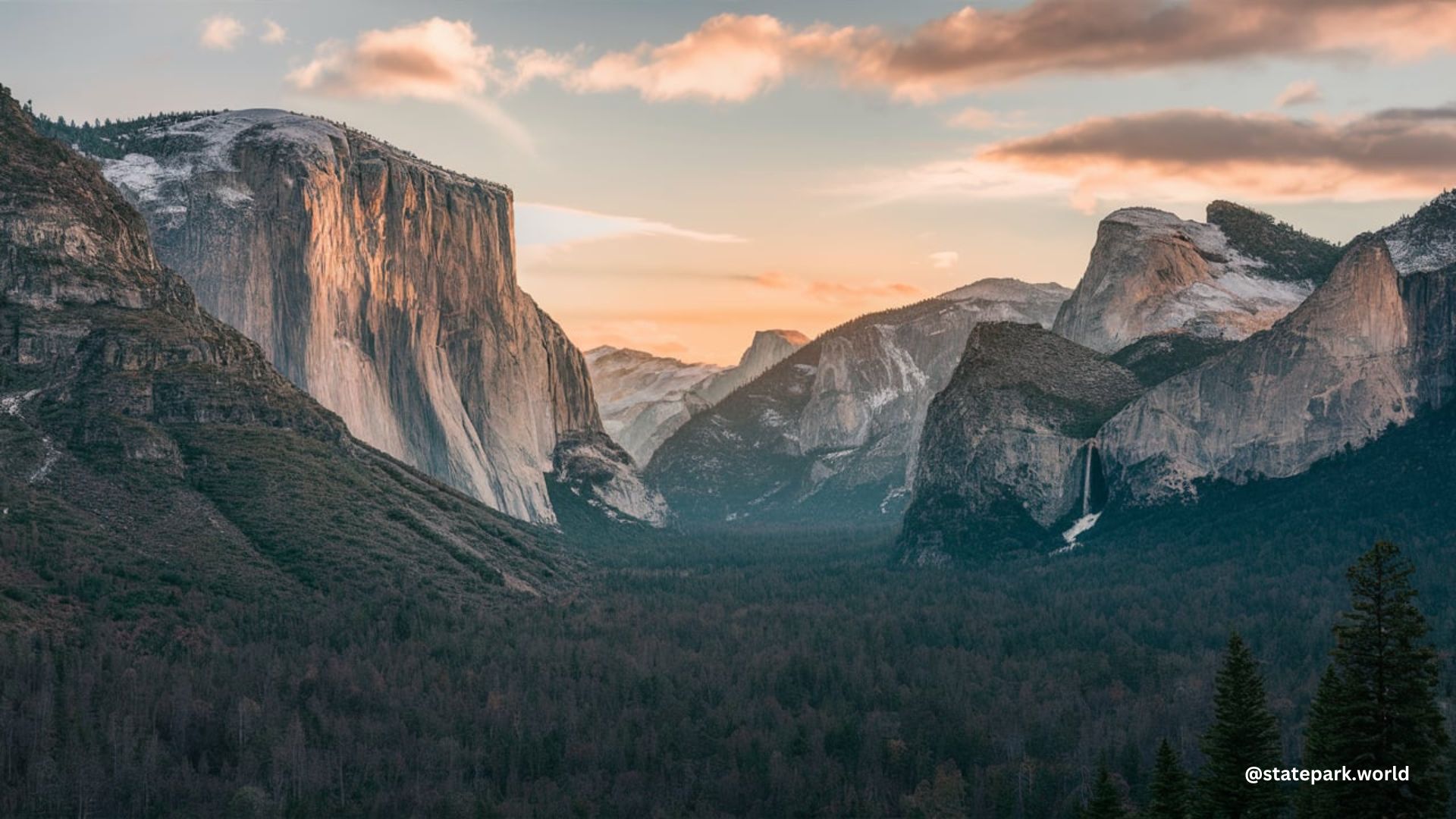Yes, there are mosquitoes in Yosemite National Park, particularly during warmer, humid weather and in wet, hot climates. Yosemite National Park is a popular destination for outdoor enthusiasts, but the presence of mosquitoes can be a significant nuisance for visitors. In this blog post, we’ll explore the details of mosquito activity in Yosemite, the best times to visit to avoid them, and effective strategies to prevent mosquito bites.
Mosquito Presence in Yosemite National Park
Yosemite National Park is home to a variety of mosquito species, including the Western Treehole Mosquito, the Woodland Malaria Mosquito, and the Western Encephalitis Mosquito. These mosquitoes thrive in the park’s diverse habitats, which include forests, meadows, and bodies of water.
The peak mosquito season in Yosemite typically coincides with the warmer, more humid months of the year, usually from late spring to early fall. However, the exact timing can vary depending on factors such as elevation, local weather patterns, and the specific area within the park.
Mosquito Hotspots in Yosemite

While mosquitoes can be found throughout Yosemite National Park, certain areas are more prone to high mosquito activity. These “mosquito hotspots” include:
-
Yosemite Valley: The lower elevations of Yosemite Valley, with its abundant water sources and lush vegetation, are particularly susceptible to mosquito infestations.
-
Wawona and Mariposa Grove: The Wawona area and the Mariposa Grove of Giant Sequoias, with their moist, shaded environments, can also experience significant mosquito populations.
-
High-Elevation Trails: Trails at higher elevations, such as the section from Cathedral or Tenaya to Clouds Rest, may have a shorter mosquito season, but can still be affected by these pests, especially during the early and late parts of the season.
Best Time to Visit Yosemite to Avoid Mosquitoes
The best time to visit Yosemite National Park to avoid mosquitoes is typically from late summer to fall. As the weather cools and the humidity decreases, mosquito activity tends to decline. However, the exact timing can vary from year to year and may also depend on the specific location within the park.
Here’s a general timeline of the mosquito season in Yosemite:
| Location | Peak Mosquito Season |
|---|---|
| Yosemite Valley | Late spring to early fall |
| Wawona and Mariposa Grove | Late spring to early fall |
| High-Elevation Trails | Mid-summer to early fall |
It’s important to note that the peak mosquito season can be influenced by factors such as rainfall, temperature, and local weather patterns, so it’s always a good idea to check the current conditions before planning your visit.
Strategies to Prevent Mosquito Bites in Yosemite
To enjoy your time in Yosemite National Park without being bothered by mosquitoes, consider the following strategies:
-
Wear Protective Clothing: Opt for long-sleeved shirts, long pants, and socks to cover exposed skin. Light-colored clothing can also help make mosquitoes less attracted to you.
-
Use Insect Repellent: Apply an EPA-registered insect repellent containing active ingredients like DEET, picaridin, or oil of lemon eucalyptus. Reapply as directed on the product label.
-
Avoid Mosquito-Friendly Areas: Steer clear of areas with standing water, dense vegetation, and shaded, humid environments, as these are prime breeding grounds for mosquitoes.
-
Time Your Activities: Plan your outdoor activities for the cooler, less humid parts of the day, such as early morning or late afternoon/evening, when mosquito activity is typically lower.
-
Use Mosquito Repellent Devices: Consider using portable mosquito repellent devices, such as citronella candles or battery-powered repellent devices, to create a mosquito-free zone around your campsite or picnic area.
-
Eliminate Standing Water: If you’re camping, be sure to empty any containers or receptacles that may collect rainwater, as these can become breeding grounds for mosquitoes.
By following these strategies, you can enjoy your time in Yosemite National Park while minimizing the impact of mosquitoes on your outdoor experience.
Conclusion
Mosquitoes are a common presence in Yosemite National Park, particularly during the warmer, more humid months of the year. However, with a little preparation and the right strategies, you can effectively manage mosquito encounters and fully immerse yourself in the park’s natural beauty. Remember to plan your visit during the late summer or fall, dress appropriately, use insect repellent, and take steps to eliminate standing water. By doing so, you can make the most of your Yosemite adventure and create lasting memories without the nuisance of mosquitoes.

